Inswan INS-3 review: a detachable document camera that's great for viewing objects
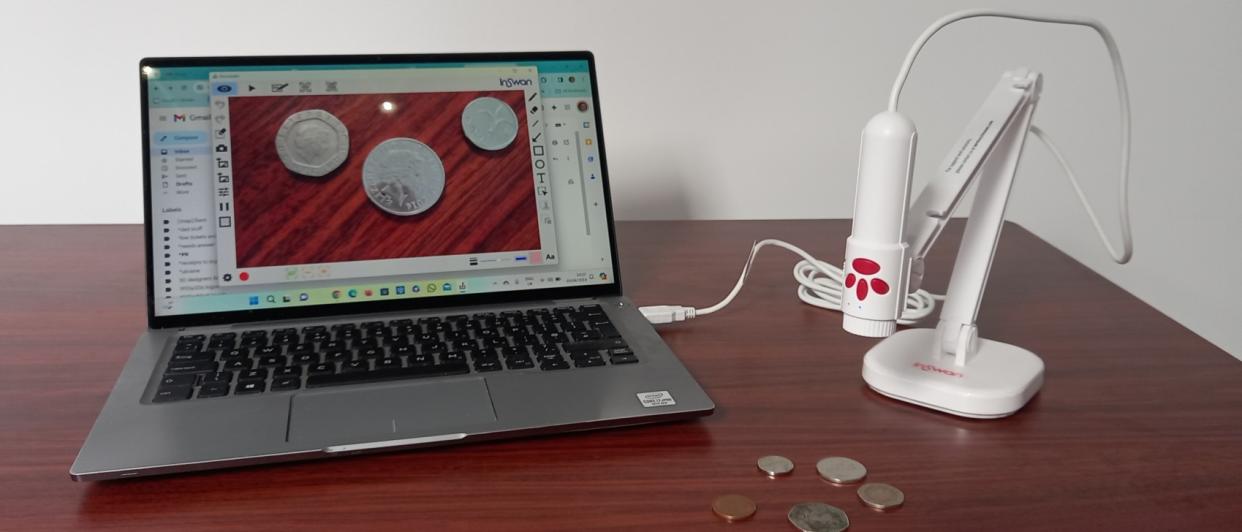
Jump to:
Specifications
Build & Handling
Setup & Connectivity
Performance
Verdict
Alternatives
Taiwanese company Inswan has made three document cameras to date. INS-2 was the much-improved successor to INS-1, so you might think that the INS-3 continues this pattern. But actually, the INS-3 is something else entirely.
The secret sauce to the INS-3 is that it features a detachable camera, which resembles a tiny torch. You can either affix it to the stand or detach it, to make it easier to point at exactly you want.
This allows you to use the INS-3 as both a traditional overhead camera for capturing documents, books and other printed material and a handheld camera for viewing objects and models from any angle.
This innovative design makes the INS-3 incredibly versatile for educators looking to bring lessons to life with immersive, multi-angle visuals. But how well does it work in practice? I've spend a few months using one to find out.
Inswan INS-3: Specifications
Inswan INS-2: Build & Handling
The INS-3 has a sleek, modern design consisting of the camera module itself along with a weighty base and flexible arm/stand. The stand looks pretty similar to that of the INS-2, only it's a little smaller and almost half the weight (0.6kg to the INS-2's 1kg).
The headline here is that camera can be easily detached from the a In its handheld form, it weighs practically nothing and provides easy access to the autofocus, brightness, and lighting controls via four red buttons and a switch on the side.
When mounted on the stand, meanwhile, it provides a solid base with the arm able to extend and position the camera over a decently-sized workspace.
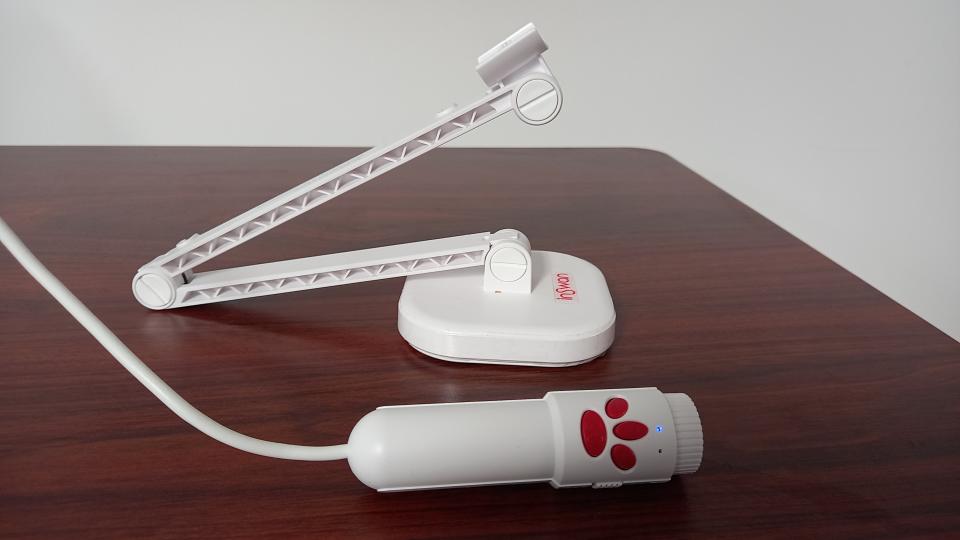
I can think of a number of scenarios in which the detachable camera could be useful. If you were giving science classes, for example, you'd be able to view specimens such as plants, rocks, insects, chemical reactions, and so on up close from multiple angles.
Architects, meanwhile, might find it handy when showing design prototypes and mockups, or presenting architectural models and plans from different perspectives. Or consider how DIY instructors could use it to display the step-by-step assembly of kits or models. I could go on, but you get the idea.
My only slight criticism here is that you need to tug quite strongly to detach the camera from the stand. Every time I do so, it feels like I'm about to break it. From experience, I know logically that I'm not... but it still feels a little unnatural.
Inswan INS-2: Setup & Connectivity
I found that getting the INS-3 up and running was a simple plug-and-play affair. Just as with the INS-2, you connect it to a computer or laptop via the supplied USB cable. And for me, it was compatible with Windows, Mac, and Chrome OS right out of the box, with no need to download any drivers. I also found it integrated seamlessly with popular video conferencing and streaming apps including Zoom, Google Meet, and Microsoft Teams.
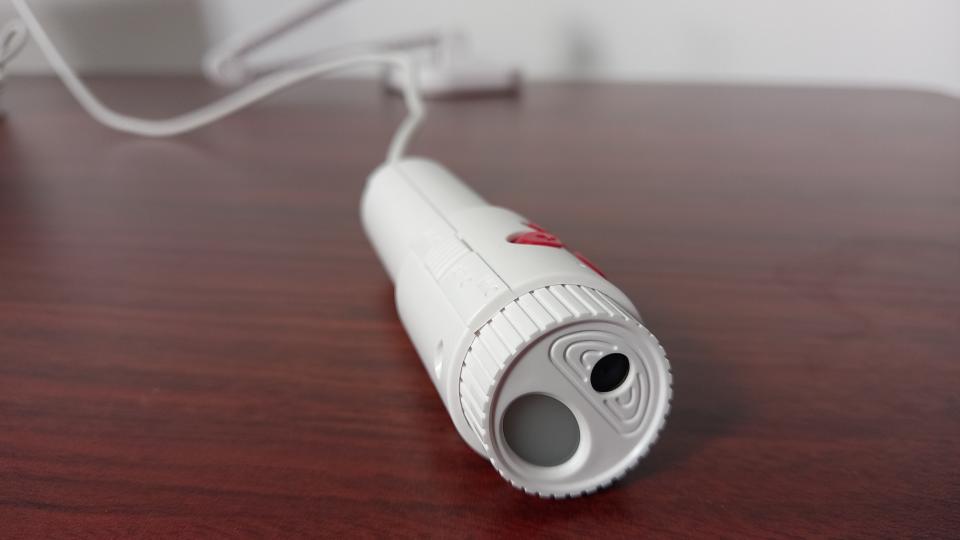
Note, though, that you can only connect to a computer via USB-A, so if you only have USB-C ports, you'll need an adapter. Also be aware that you can't directly connect to a TV, monitor, or projector. The only way to do so would be to connect to a computer and then mirror your computer display to a bigger screen. So technically it's possible, but you are making things complicated for yourself. So if you expect to do so more than once in a blue moon, I'd suggest getting another document camera.
Inswan INS-2: Performance
In use, I've found the 5MP image sensor on this document camera delivers good overall picture quality, with the ability to capture video at resolutions up to 2560x1920 at 30fps and reasonably clear still photos/document scans. You are taking a small hit on quality, though, compared to the 4K capture and maximum 60fps frame rate offered by the INS-2's 13MP sensor.
On the plus side, you're getting the same proprietary Documate software, which provides a full array of annotation tools as well as OCR scanning. Note, though, that as with the INS-2, you can't output scans as editable PDFs.
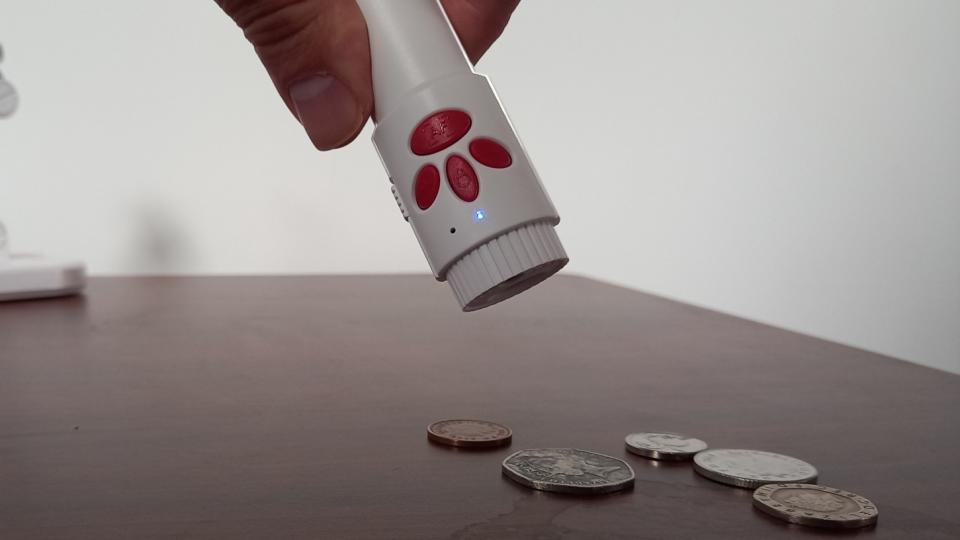
As a webcam, I found the video quality to be pretty decent in practice, once I'd made a few adjustments to settings such as exposure. It's certainly good enough for most virtual classroom and conferencing scenarios, although be aware that the onboard mic sounds a little muffled at times and so I wouldn't be using it if I were, say, a professional YouTuber.
Inswan INS-2: Verdict
The INS-3 has three main advantages over the INS-2. First, it's currently significantly cheaper. Second, it's lighter and more portable. And thirdly and most importantly, it comes with a detachable camera that works very well in practice.
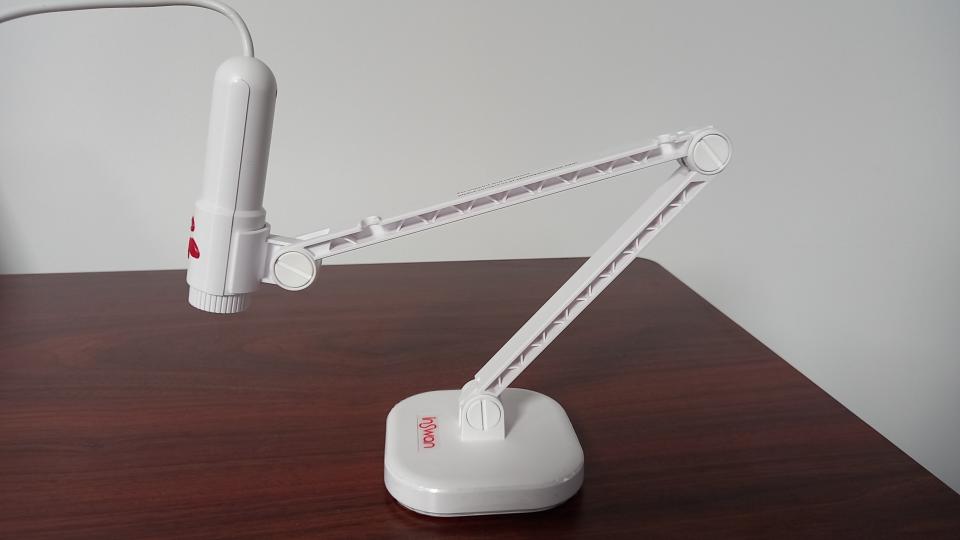
In other words, the option to easily switch between document scanning overhead and capturing objects/models from any angle handheld makes it a potentially strong option for teachers and others looking to take their visual presentations and instruction to the next level.
At the same time, if you can't see yourself using the detachable camera, just want a static document camera, and portability isn't super-important to you, we'd recommend the INS-2 instead. Ultimately, you'll get superior image quality (4K vs QHD) for not a lot more money.
Alternatives

Not bothered about a detachable camera, but still want something smaller, cheaper and portable? The Ipevo Do-Cam is nice and compact, and with the Ipevo's feature-filled software it's useful in a broad range of classroom and presentation situations. Plus the flip button and tilting camera mean it can also step in as a webcam.

The Inswan INS-2 document camera is a little pricier than the Inswan INS-3, and it doesn't have a detachable camera. But you are getting superior image quality (4K) from the 13MP sensor and up to 60fps frame rates. And overall, this is a very well-built and reliable document camera indeed.

